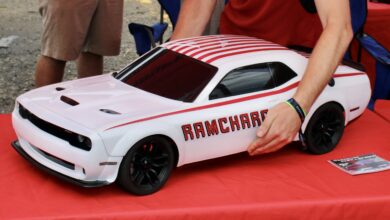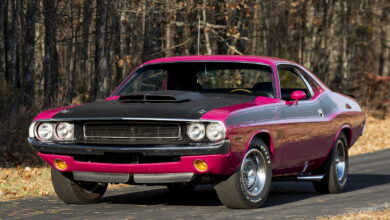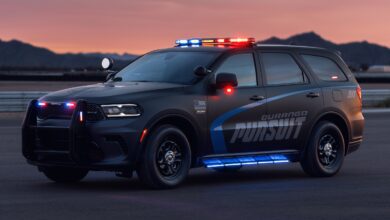Balancing Act: Dodge’s Muscle & Mainstream Conundrum:
The Fine Line Between Performance & Volume:

After years of offering cheaper versions of Chrysler products, Dodge has begun the slow transformation into a muscle car brand. This began with the introduction of the new Charger in 2006 and continued a few years later with the debut of the new Challenger new iterations of the Viper soon after. In 2015, the transformation really began to kick off, though, as the HELLCAT siblings emerged to cement Dodge as the muscle car king.
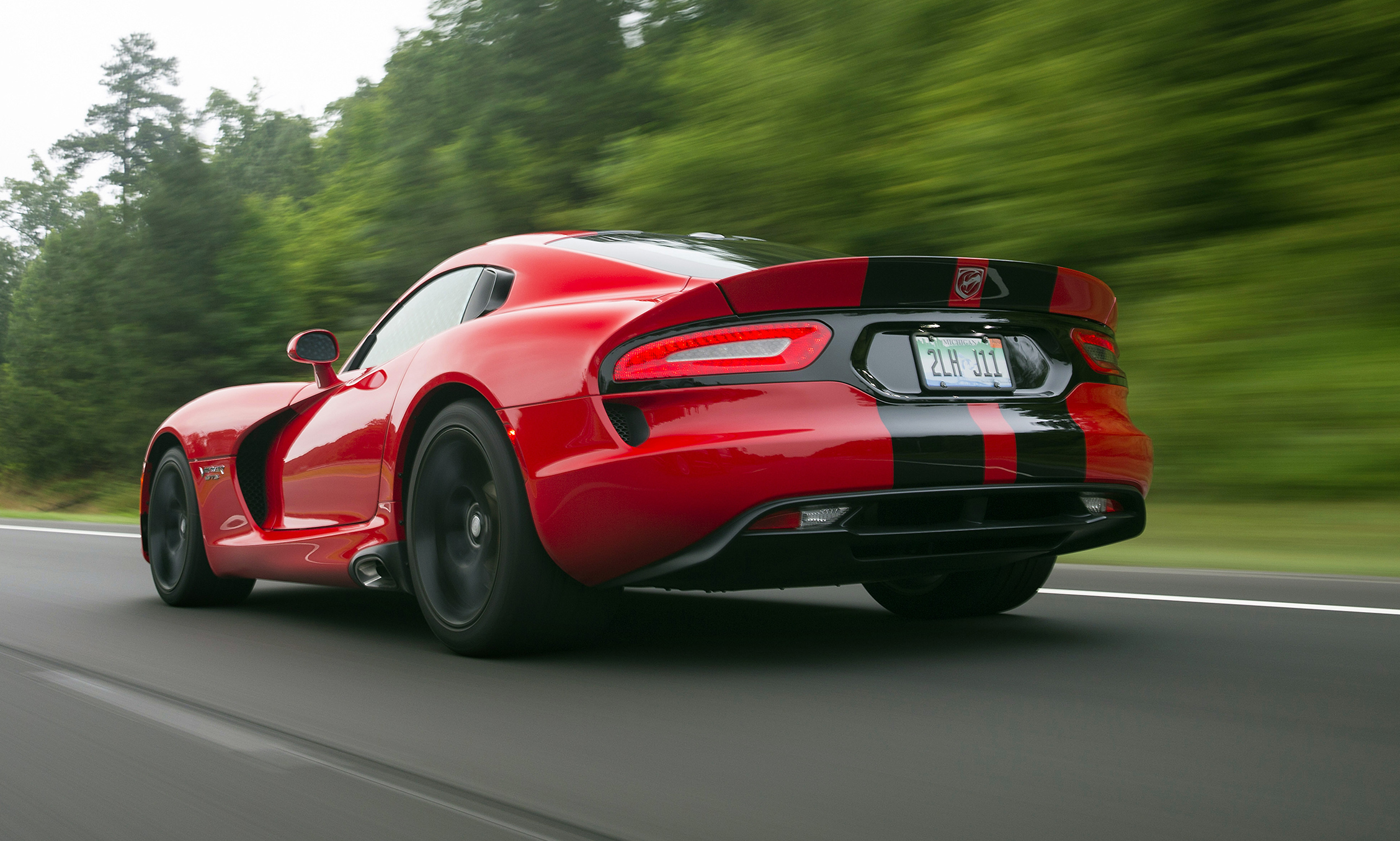
A few hiccups have occurred through this transformation. The first one was the Dodge Dart. While it was not a bad car, it simply failed to impersonate the muscle car that Dodge marketing portrayed it to be and happened to debut at a time when a dramatic shift toward crossovers was taking place across the market. Another problem was the Viper. It was unable to meet updated safety regulations and production of the Viper ended in late summer of 2017. The discontinuation of the Viper effectively removed the long-standing halo car of the Dodge brand, and the Challenger was positioned as the new halo. This repositioning forced Dodge to focus on both the Challenger and Charger so numerous special editions arrived including the T/A, GT AWD, Daytona, HELLCAT Widebody, the beastly Challenger SRT Demon, and most recently, the HELLCAT Redeye, R/T Scat Pack Widebody, and R/T Scat Pack 1320.

Throughout the past few years, the focus was drawn to the Challenger and Charger as Dodge built a hot-rod reputation for itself. Dodge eventually brought the Durango in on the action and produced the long-awaited Durango SRT and recent advertisements have focused almost entirely on these three vehicles.
The fanfare surrounding the RWD Dodge models been a blessing and a curse – while it did define a niche for Dodge to play in, it also disassociated the Dodge Journey and Grand Caravan from the rest of the brand.
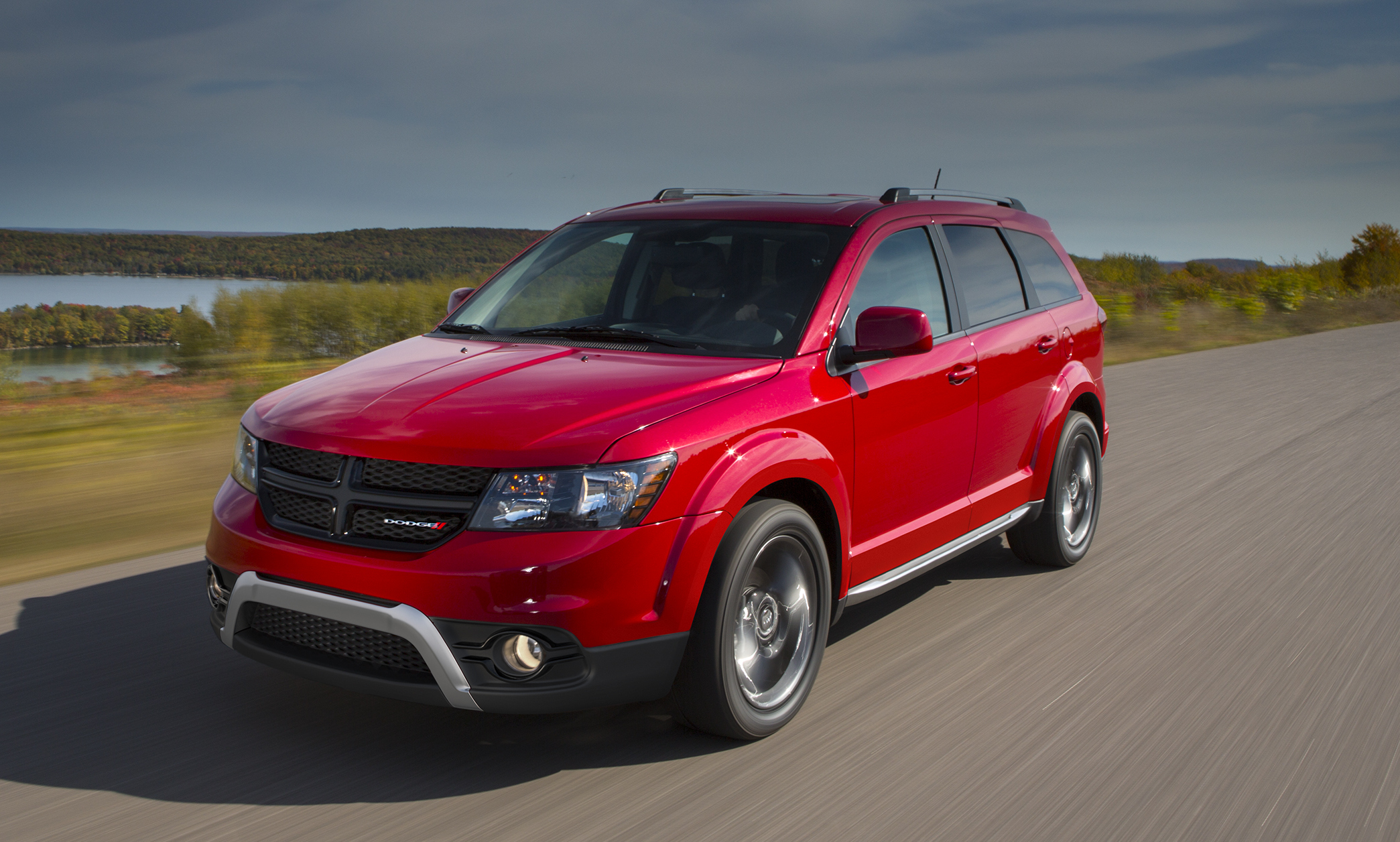
The effect of the Journey and Grand Caravan is not to be underestimated. Last year, the Journey accounted for 89,470 units while there were 125,196 Grand Caravans sold. Combined figures for these two vehicles in 2017 are 214,666 units – 48% of Dodge’s total sales in the United States for the year. While these two vehicles do not align with Dodge’s performance-oriented marketing strategy and they haven’t been kept up-to-date, they are cash cows because they have been around for so long with minimal changes.
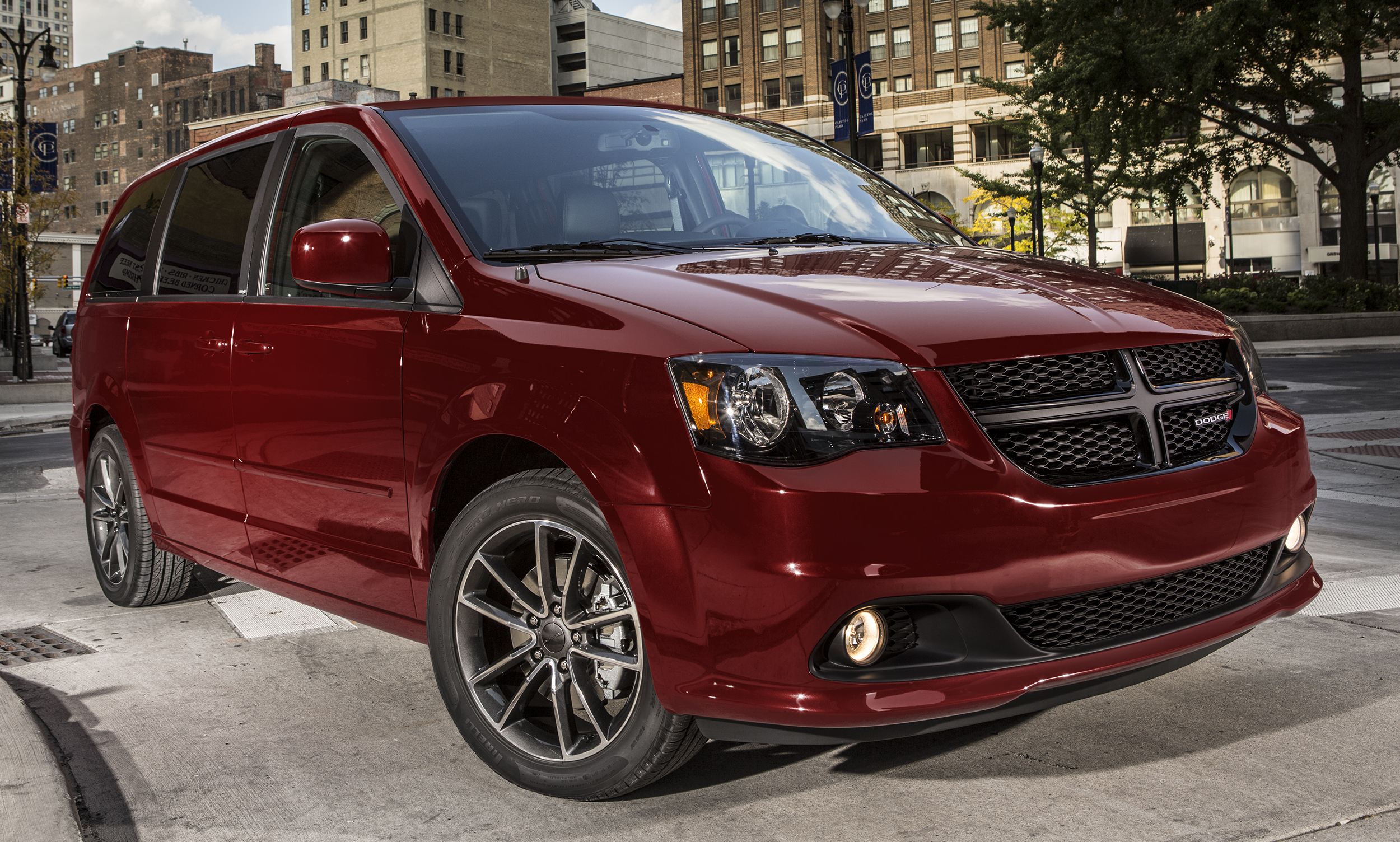
With the Journey and Grand Caravan being discontinued next year, what will fill their void within the Dodge lineup and cater to a more mainstream audience than the Challenger and Charger do? Journey itself will be replaced with one of two new Chrysler crossovers, which means Chrysler will attempt to persuade current and potential Journey customers to switch from Dodge to Chrysler. There are also two rumored additions to the Dodge brand: a midsize RWD sedan and a RWD crossover, both derived from Alfa Romeo’s architecture. Presumably, these will take over the plant space left by the Chrysler 300. These will also likely be priced below the Charger and Challenger and utilize advanced, next-generation 4-cylinder and 6-cylinder engines instead of the high-output V8 engines found in the current lineup. These two should attempt to bring muscle-car persona to segments not typically associated with that image.

So, can Dodge succeed in the niche segment it has created for itself, or will future models become more mainstream in an attempt to capture conquest buyers? It will be a balancing act to ensure that Dodge does not stray too far from its target while also maintaining a level of practical appeal so they retain viability as a brand that can be discussed in the same sentence as Ford and Chevrolet. Challenger has already proven it is possible to succeed in this mission, as sales soar for that car just as Camaro sales are experiencing a steep drop. This indicates a trend toward consumers looking for practicality in all segments, not just in their crossovers.
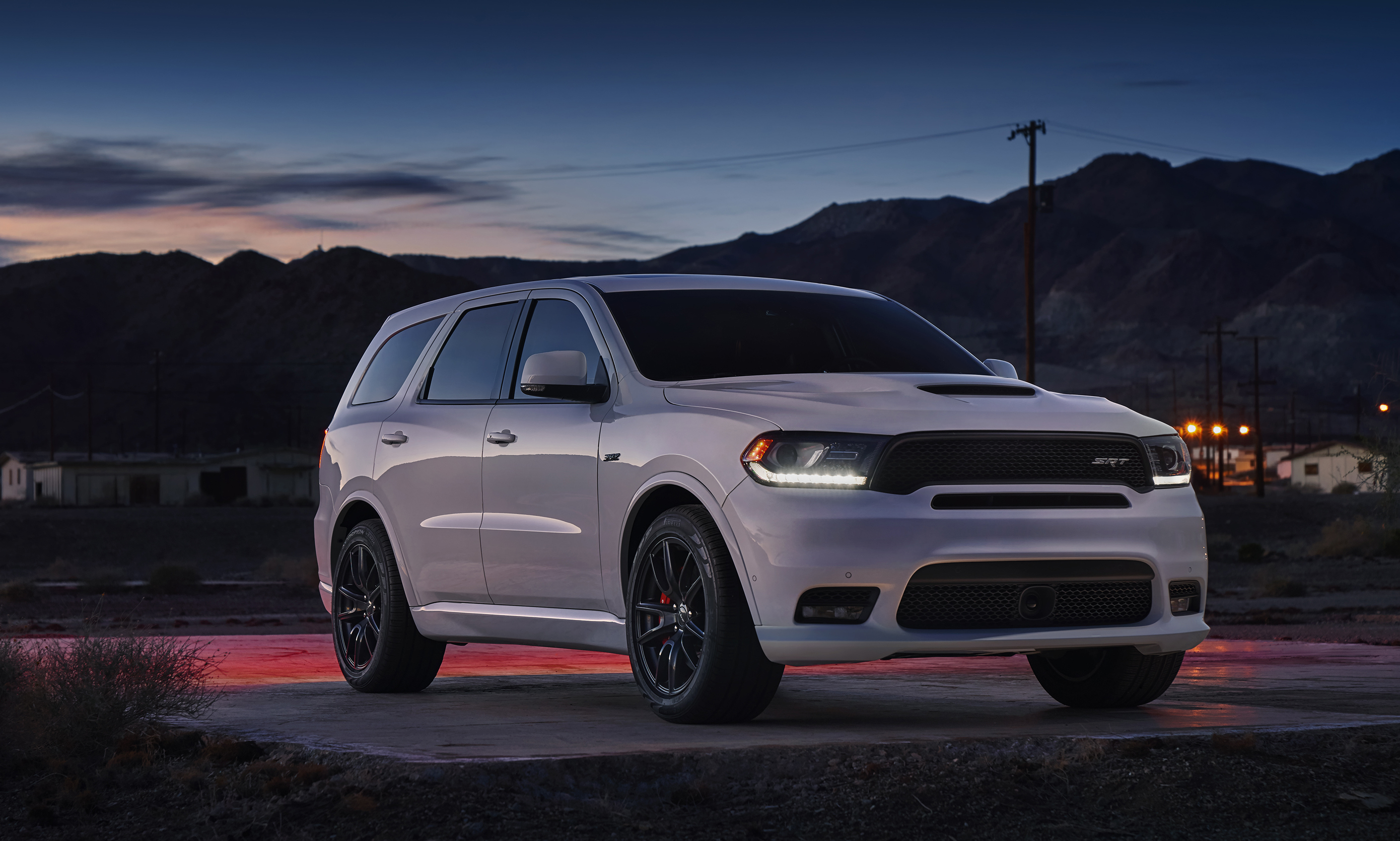
Fiat, Chrysler, and Dodge were shown in the recent 5-year plan to represent a smaller portion of the overall profits in 2022 than they currently occupy. This may be because they don’t intend to recapture lost Journey and Grand Caravan buyers within the Dodge brand and are focused solely on making Dodge a niche performance brand while Jeep and Ram become the dominant brands within the company. Will it be difficult to reposition Dodge without upsetting average buyers who value practicality and aren’t shopping for luxury cars, all while maintaining the apparent goal of transitioning into a niche muscle-car brand? The short answer is yes. Dodge will need to prove that they can produce practical, affordable, and efficient vehicles that do not stray from their brand definition. The Challenger is a definite success in this area, a remarkable feat for a muscle coupe. While there are a lot of questions surrounding the brand right now, one thing is certain: if Dodge gets this right, we are going to experience a lot of exciting new products over the next few years.

